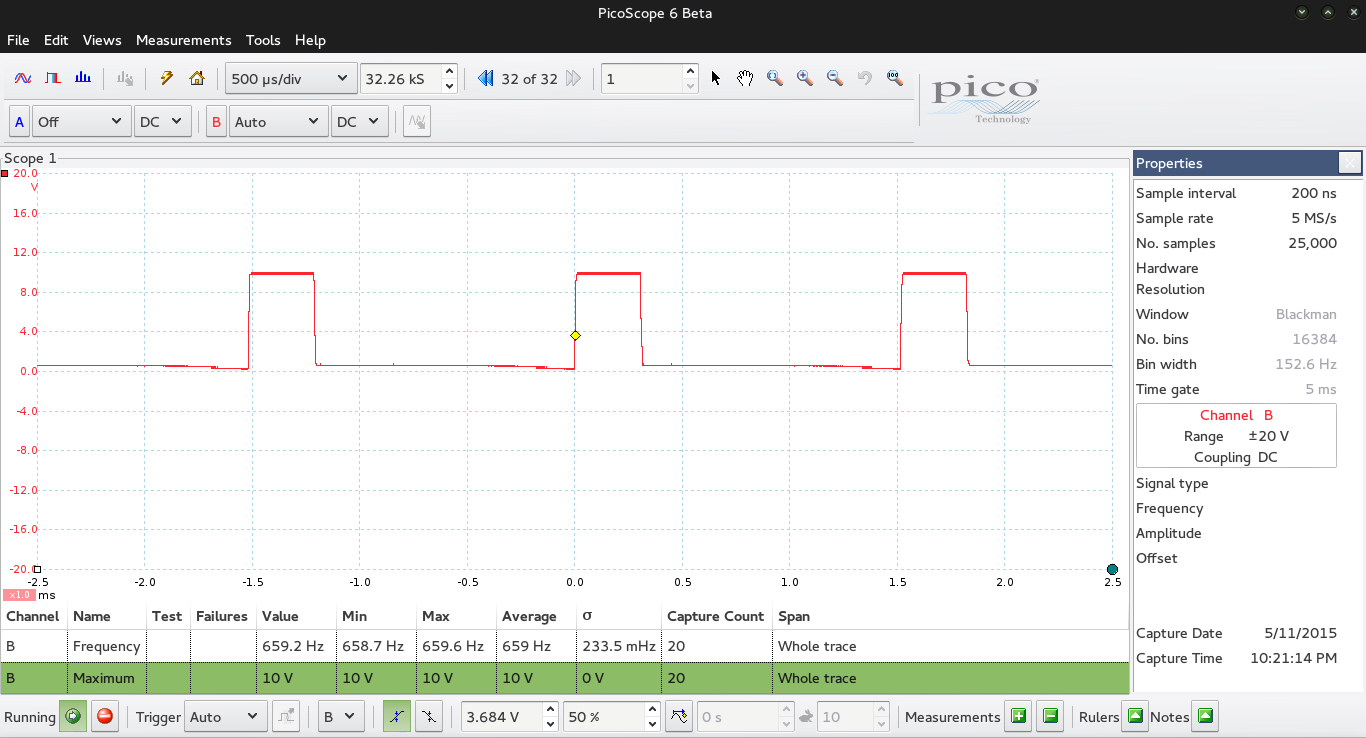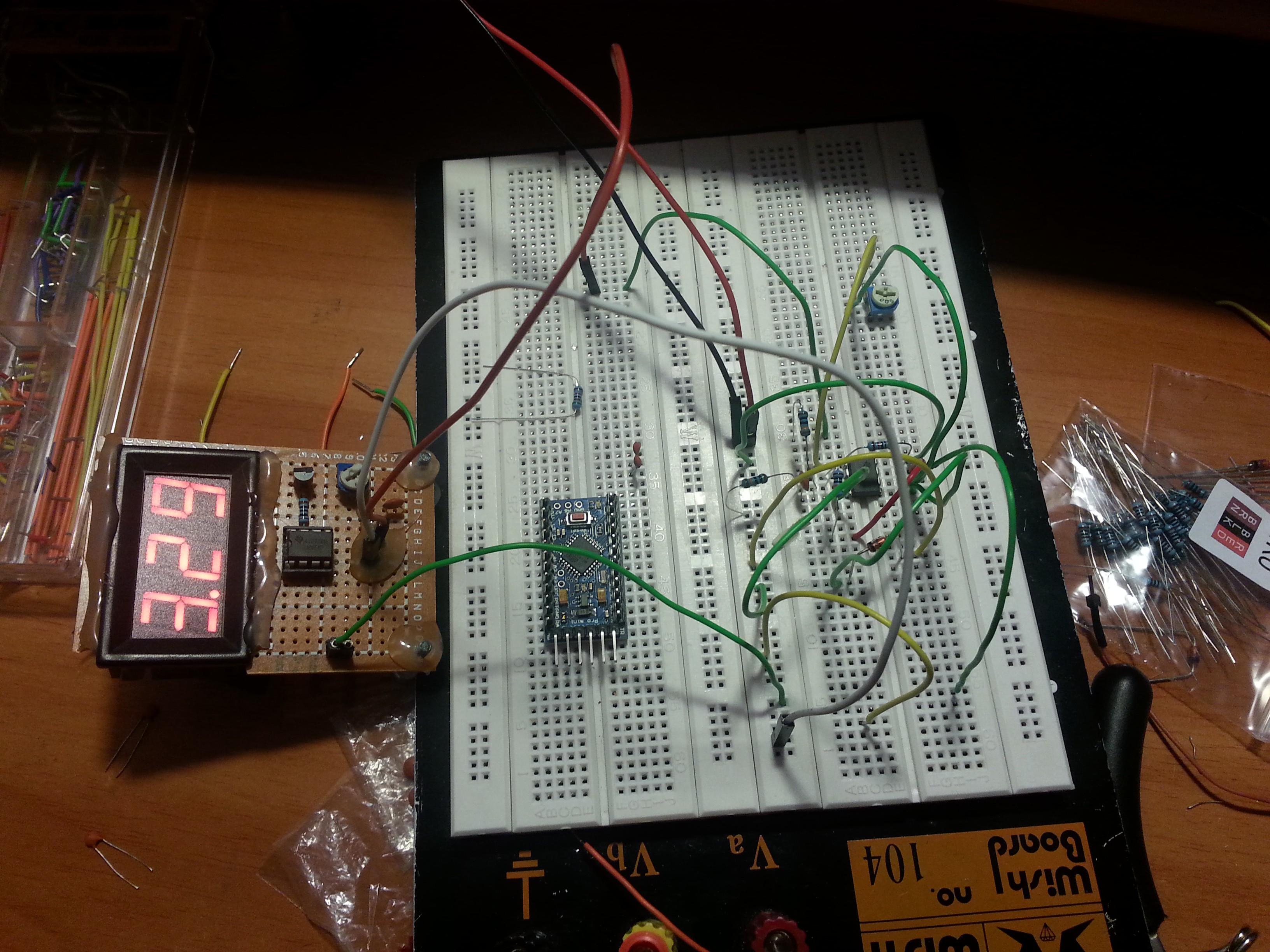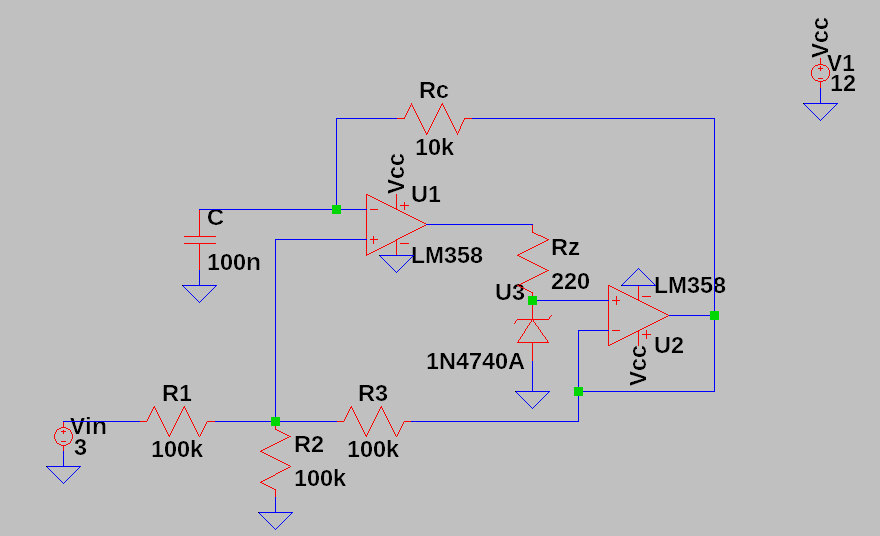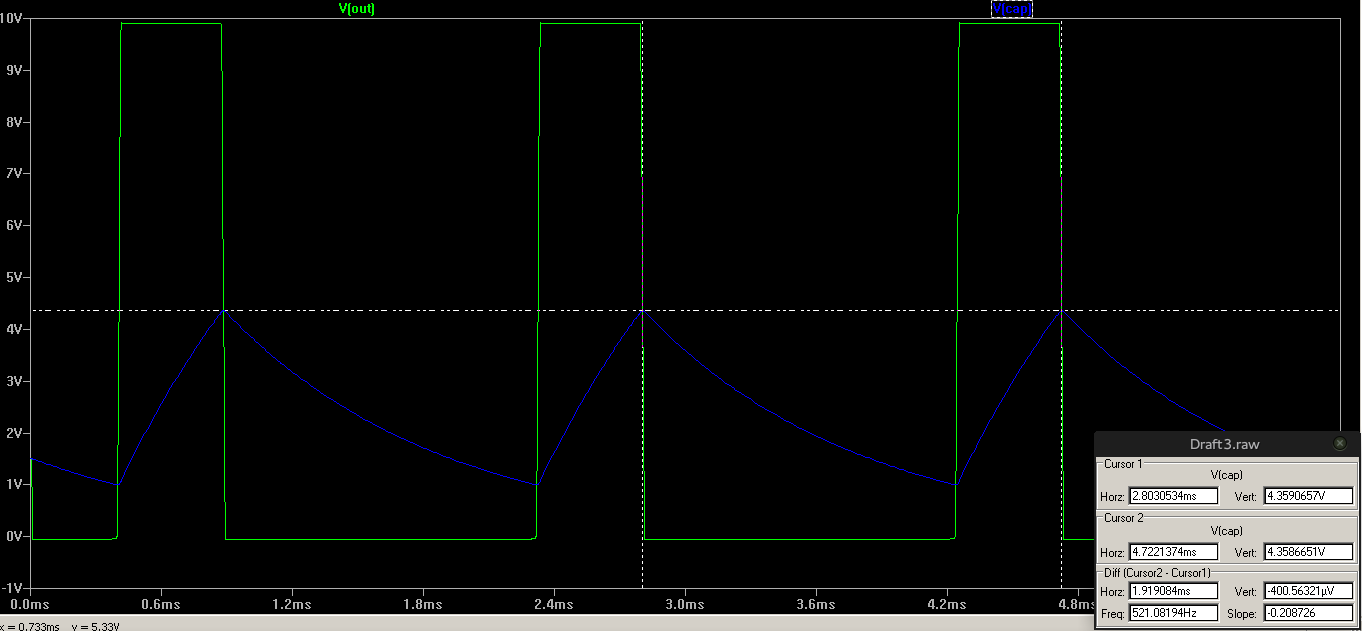This is how the voltage sensing part of the project will work:
The voltage to frequency converter circuit is just a Schmitt Trigger -like circuit, whose hysteresis allows it to have different threshold voltages which depend on the input voltage (the voltage read at the output of the power supply). After calculated, using this circuit I can successfully modify the frequency of a square wave. Why do I complicate myself like that? I feel like I would get a much better resolution on the output voltage which, remember, swings between 1 and 12VDC (10 to 11 more realistically, I'll see that when I build the circuit) so a microcontroller with an 10 bit ADC wouldn't suffice for, say 10 mV resolution.
This is the calculated output frequency of the circuit with relation to the input voltage (I plot from 0.5 to 6V input because that's the region where this equation is as linear as possible).
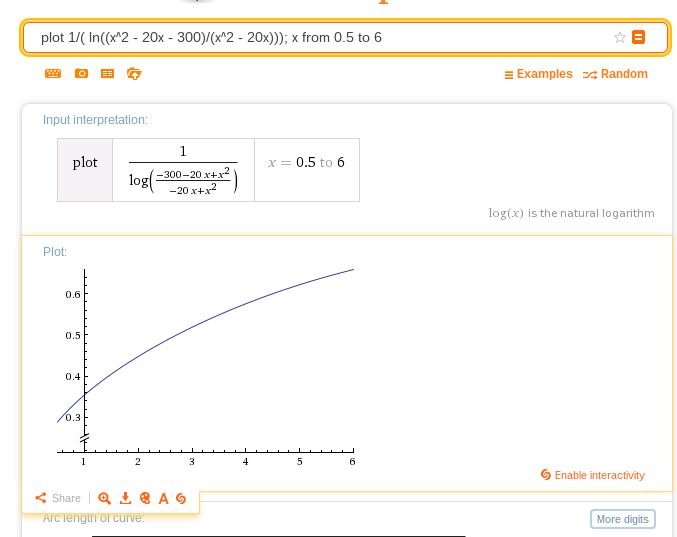
I will do some simulations, maybe even build the circuit, this week-end.
I am sorry if the project isn't intelligible yet, it is late, I am tired, and I really want to enter the Hackaday Prize. I will do this project, I need a good bench top power supply, and I will revise this project page and make everything crystal clear when I'm done so that everybody can follow what I did.
